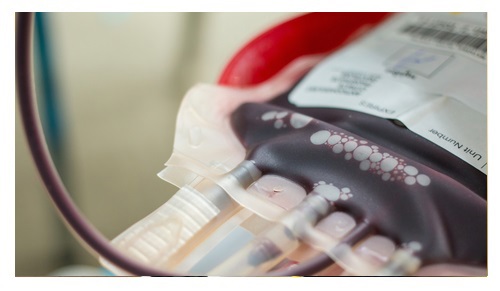Anatomical waste
 Anatomical waste includes:
Anatomical waste includes:
- body parts
- organs
- blood bags and blood preserves.
You must segregate teeth containing amalgam and dispose of them as waste dental amalgam.
All anatomical waste is potentially infectious.
If you have sufficient evidence that an item is non-infectious, based on definite knowledge of the item and the patient it came from, you can classify the waste as non-infectious anatomical waste.
What you must do
You must ensure that your waste is stored, handled, recycled or disposed of safely and legally. You must comply with your waste responsibilities, known as your duty of care.
Duty of Care: Your waste responsibilities
Hazardous/special waste and non hazardous waste
Infectious anatomical waste is classified as hazardous/special waste.
You must store, transport and dispose of this waste as hazardous/special waste to make sure you do not cause a risk to human health or the environment. You are committing an offence if you do not follow the regulations for dealing with hazardous/special waste.
You must not mix hazardous/special waste with your other waste or with other types of hazardous/special waste. Segregate your waste so that different wastes types do not get contaminated.
You must complete consignment notes for any hazardous/special waste that leaves your site. You must keep a register containing all of the consignment notes and the consignee returns. You must keep these records for three years.
You must complete waste transfer notes for any non-infectious anatomical waste that leaves your site. You must keep copies of all waste transfer notes for two years.
How to complete the waste paperwork
Classifying and describing anatomical waste
If you have segregated your waste according to this guidance, you will need to classify the waste in the waste transfer note or consignment note as follows:
Infectious anatomical waste
Use the European waste catalogue code 18 01 03*
Example description: Clinical waste – infectious, containing anatomical waste, for incineration only.
Non-infectious anatomical waste
Use the European waste catalogue code 18 01 02
Example description: Non-clinical waste – non-infectious, containing anatomical waste, for incineration only.
You may also need to use the European waste catalogue code 18 01 06* if your waste includes formaldehyde.
Do not enter non-hazardous waste codes on consignment notes. Describe and code each hazardous/special waste present on the consignment note.
Disposing of anatomical waste
All anatomical waste must be disposed of by incineration, to make it safe.
Good Practice
Containers for anatomical waste
You should contain and dispose of anatomical waste in yellow leak-proof containers with red lids. This helps distinguish it from other types of waste.
Further information
- Waste Thesaurus: SEPA guidance for coding waste An alphabetical list of waste types with their corresponding EWC codes.
- NHS: Safe management of healthcare waste (UK-wide)
SEE ALSO: Clinical waste, Healthcare guidance
